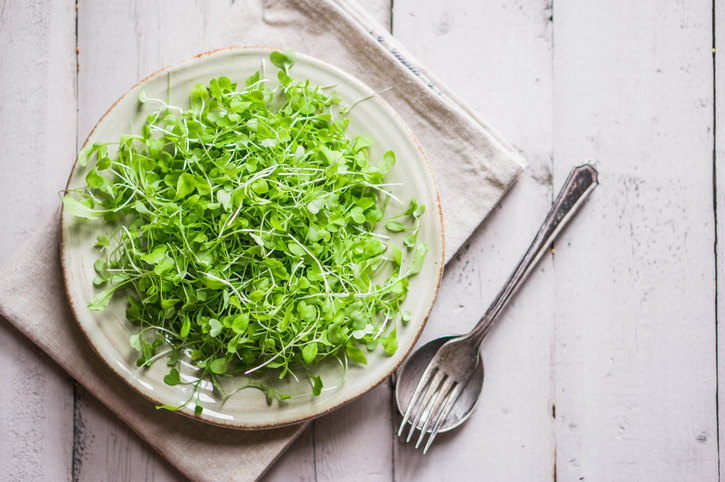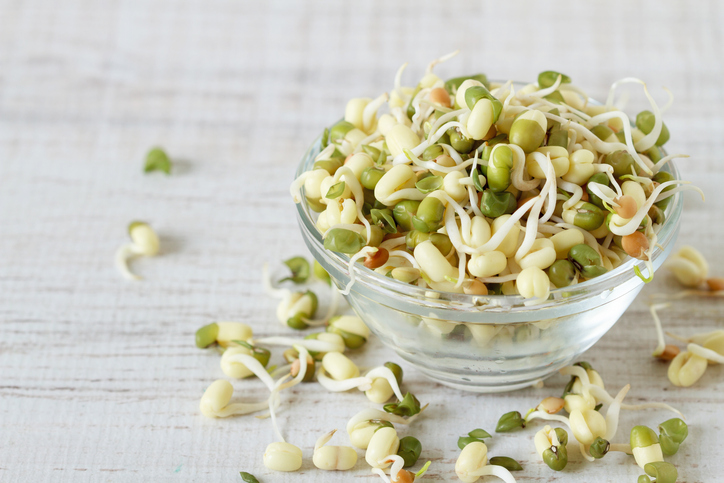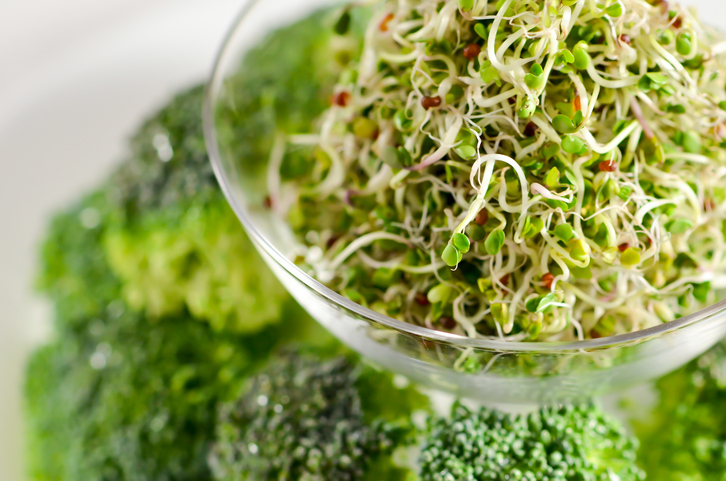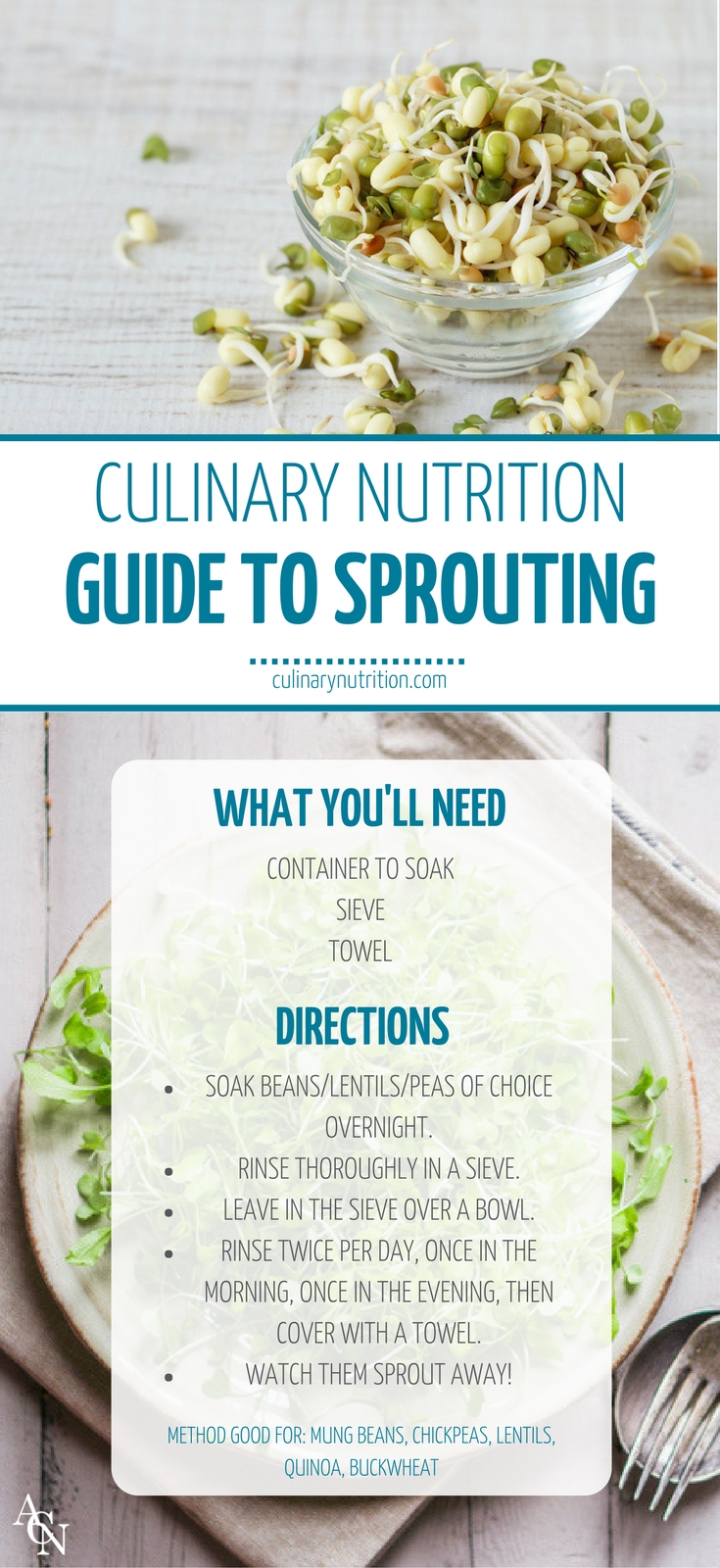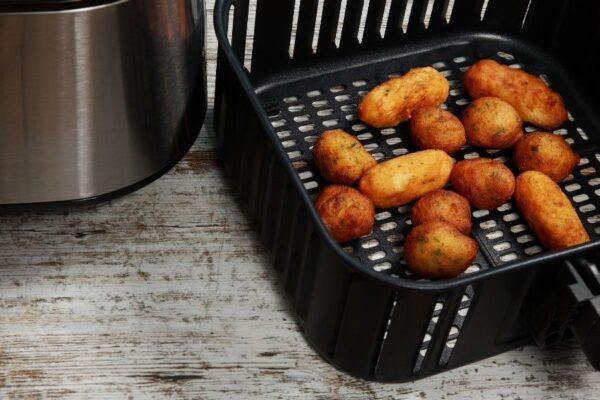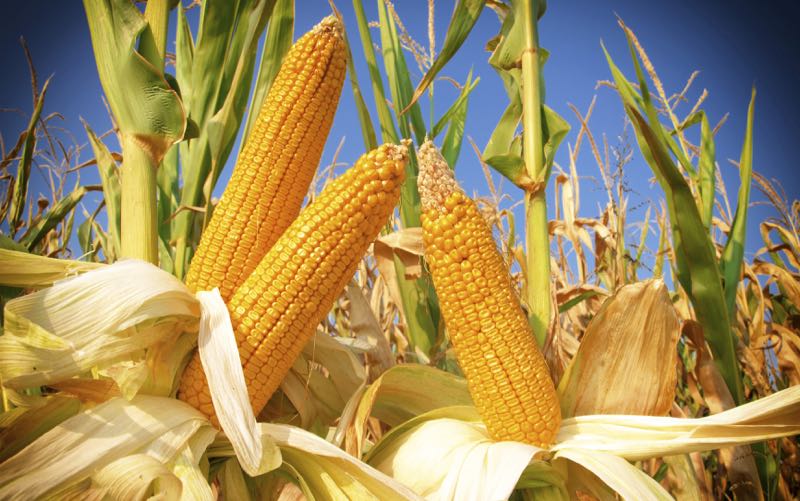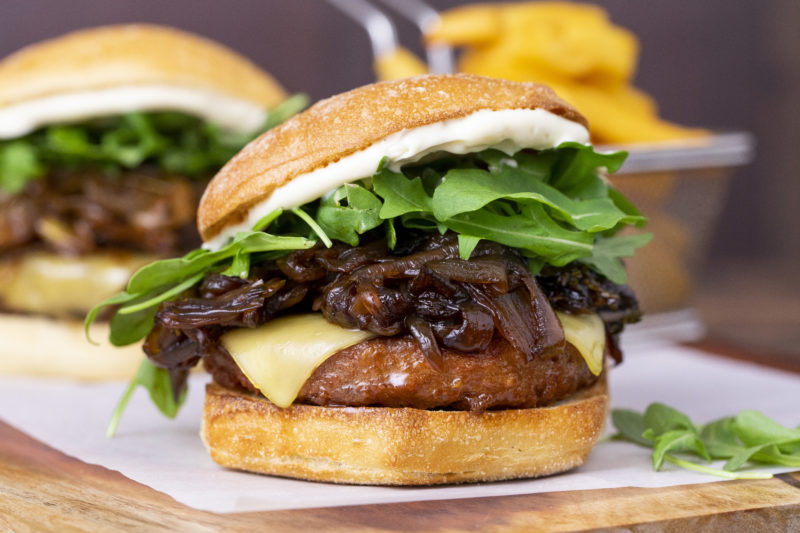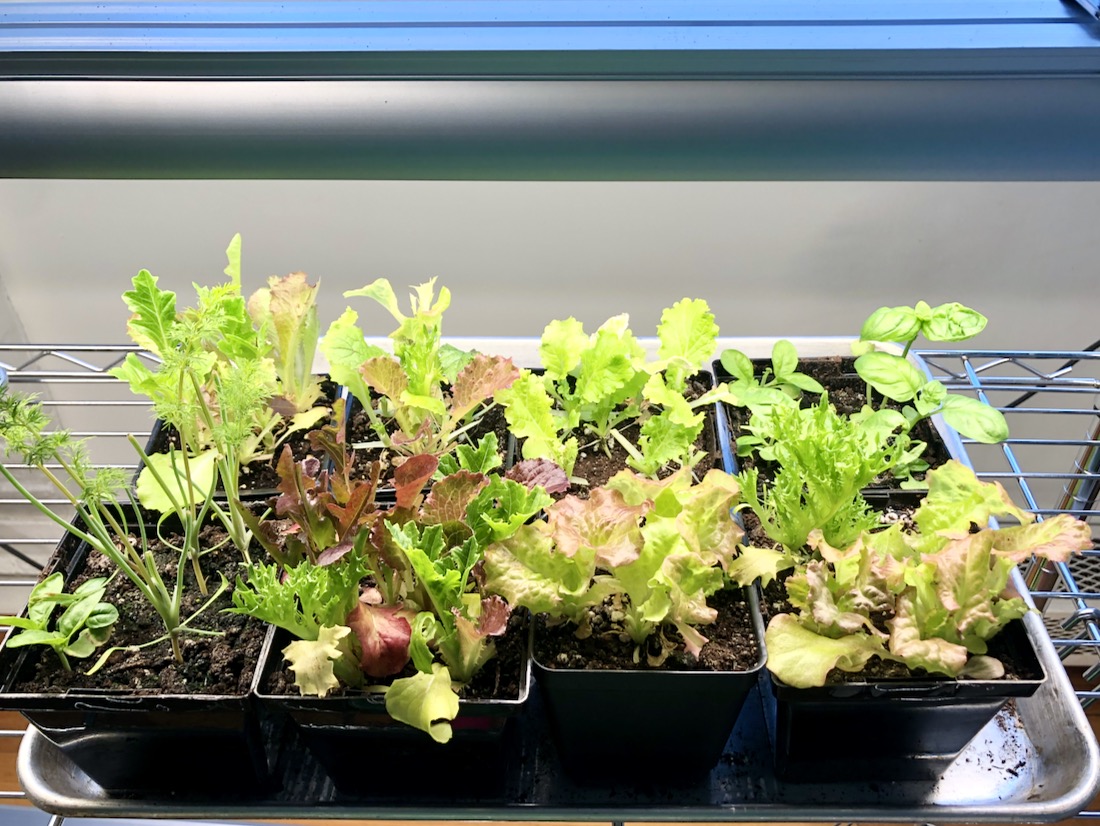How to Sprout: Complete Guide To Sprouting
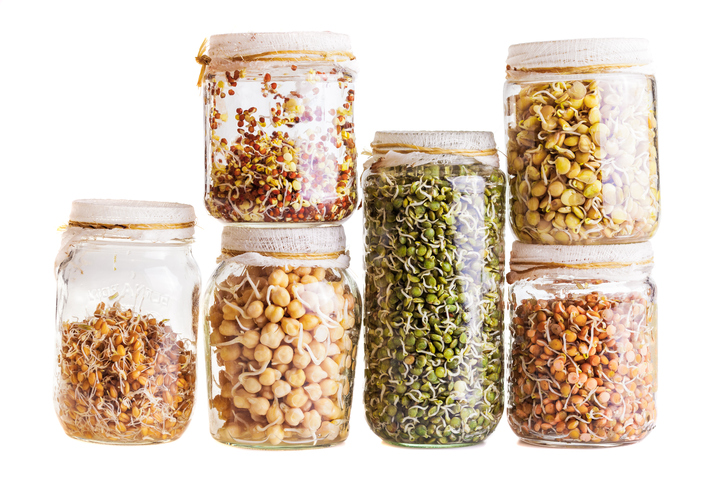
You’ve probably visited restaurants that serve a handful of sprouts over salads or buddha bowls, or maybe you’ve purchased a container yourself at the grocery store. Sprouts are nutrition powerhouses and you may not have realized how easy they are to grow at home! Using our How to Sprout Guide, you’ll be a pro at growing, harvesting and eating fresh sprouts in no time.
What are Sprouts?
The foundation of sprouts is the seed. Each seed holds vitamins, minerals, proteins, fats, and carbohydrates in reserve, awaiting the suitable environment to begin growing. When we provide air, water and the appropriate temperature, a miracle begins. The seed germinates, it begins to sprout and an incredible flow of energy is released. Natural chemical changes occur, such as:
- Enzymes are activated, which are necessary for food digestion.
- Proteins convert to free amino acids – the building blocks of our bodies.
- Starches change to simple sugars.
- Minerals combine to increase assimilation.
- Vitamin content increases from three to 12 or more times.
- Chlorophyll and carotene content increase dramatically when exposed to sunlight.
The health benefits of sprouts are numerous, including improved digestion and nutrient absorption. They are also a rich source of antioxidants, making them great for the immune system and a welcome addition to any anti-inflammatory diet. Emerging evidence also shows that sprouts may have anti-tumour effects and have the potential to inhibit cancers in the breast, prostate and bladder.
Homegrown sprouts are remarkably inexpensive, and easy to grow!
Get your FREE Sprouting Guide plus 35 more free resource guides!
Fill out the form below for instant access.
Free Resource Library
Enjoy more than 40 downloadable guides, recipes, and resources.
What Can I Sprout?
- Beans
- Legumes
- Nuts
- Seeds
- Grains
How Can I Use Sprouts?
- Add to salads.
- Put them into sandwiches (extra points if you can make one without bread!).
- Add to soups after soup has been cooked.
- Blend in with your smoothie, salad dressings, dips and sauces.
- Enjoy as a snack.
- Bake into your favourite burger patty or meatloaf.
How to Sprout Guide
There are several different ways you can sprout, which we’ve outlined below. If you’re a visual learner, you can watch this quick video about sprouting too.
Method 1: The Soak and Sieve Method
Good for: Mung beans, chickpeas, lentils, quinoa, buckwheat
You will need:
- Container to soak beans/lentils/peas in
- Sieve
- Towel
Directions:
- Soak beans/lentils/peas of choice overnight.
- Rinse thoroughly in a sieve.
- Leave in the sieve over a bowl.
- Rinse twice per day, once in the morning, once in the evening, then cover with a towel.
- Watch them sprout away!
Method 2: The Saggy Sack Method
Good for: Alfalfa sprouts, broccoli, sprouts cabbage sprouts, clover sprouts
You will need:
- Mason jar
- Nut sack or cheesecloth (available at health foods stores and hardware stores – and they have multiple uses)
- Seed/lentil of choice
- Food-grade hydrogen peroxide (to prevent mould growth, optional)
Directions:
- Add 1-2 Tbsp of seeds to the nut sack, then place the sack in a mason jar.
- Fill jar with water, making sure all beans/seeds are covered.
- Allow to sit like this for 12-24 hours.
- After elapsed time, drain out the water and rinse the seeds.
- Leave the nut sack and seeds hanging in the empty jar.
- Rinse your sproutlings twice a day. Each time you rinse them, rinse several times, then leave to drain.
- If using food-grade hydrogen peroxide, add 1/2 tsp to the water and let sit for five minutes before rinsing several times. This helps prevent mould growth.
- When ready, keep sprouts refrigerated and rinse daily.
Method 3: The Micro-Farm Method
Good for: Pea sprouts, sunflower sprouts, wheat grass
You will need:
- A pan or casserole dish
- Organic sprouting seeds of choice
- Organic soil
Directions:
- Line a casserole dish or pan with approximately two inches of organic soil.
- Sprinkle a handful of seeds on top, then cover with another inch of soil.
- Spritz with a little bit of water every day.
- After 4-5 days, you will have sprouts! When you’re ready to use them, trim them with scissors.
Some of Our Favourite Sprouts
We like the sprouts below because they are rich in protein, high in Vitamins A, C, E and K, and rich in minerals like iron, magnesium, calcium and potassium.
- Alfalfa Sprouts
- Broccoli Sprouts
- Chickpea Sprouts
- Lentil Sprouts
- Pea Sprouts
- Mung Bean Sprouts
- Red Clover Sprouts
How to Buy + Select Sprouting Seeds
If you want to learn how to sprout, you need to start with good seeds – without them, your sprouts won’t grow. Look for sprouting seeds that are raw, as cooked or toasted seeds will prevent sprouting. Buy seeds that have not been irradiated, which destroys essential nutrients.
Aim to buy seeds that are fresh – bulk buying isn’t the best option here. Purchase sprouting seeds in small quantities (you don’t need much, as 1-2 tbsp makes a lot of sprouts) and buy them more frequently if you are making lots of sprouts. Finally, we like to choose sprouts that are organic to avoid any chemicals or pesticides.
Header: aetb
Free Resource Library
Enjoy more than 40 downloadable guides, recipes, and resources.















